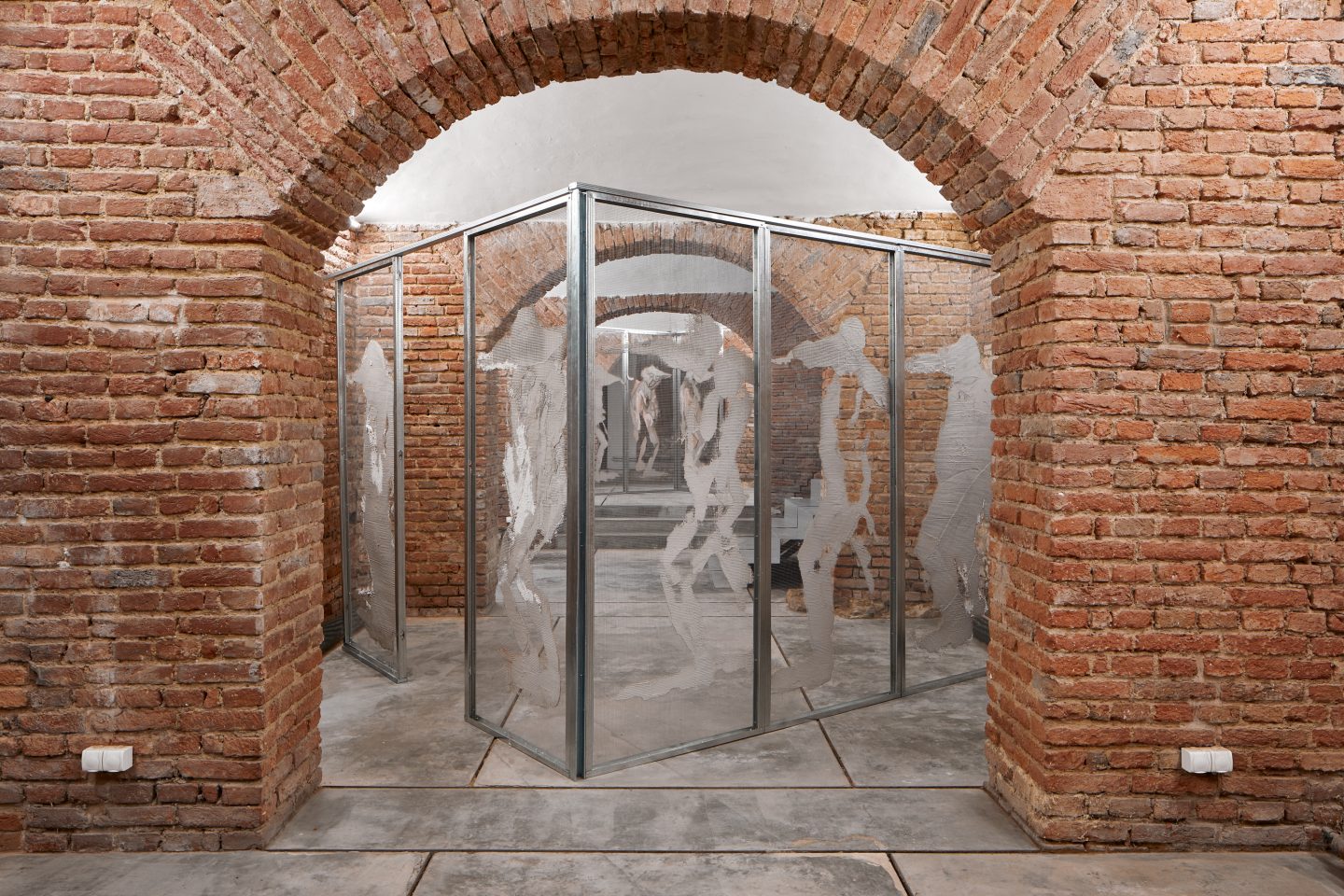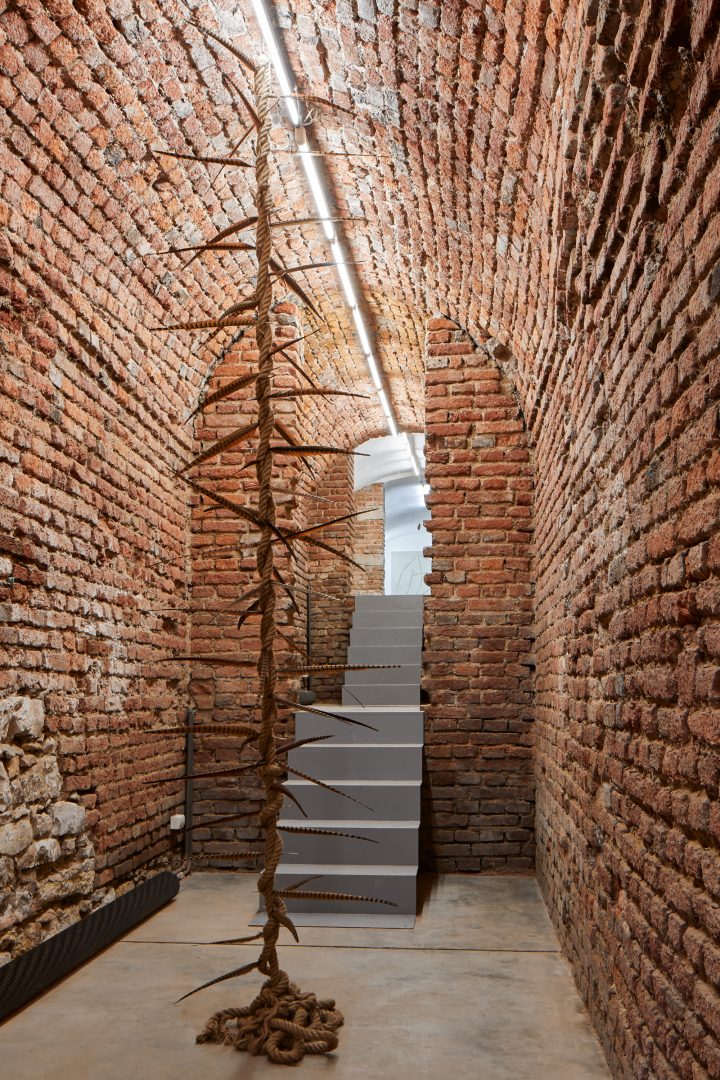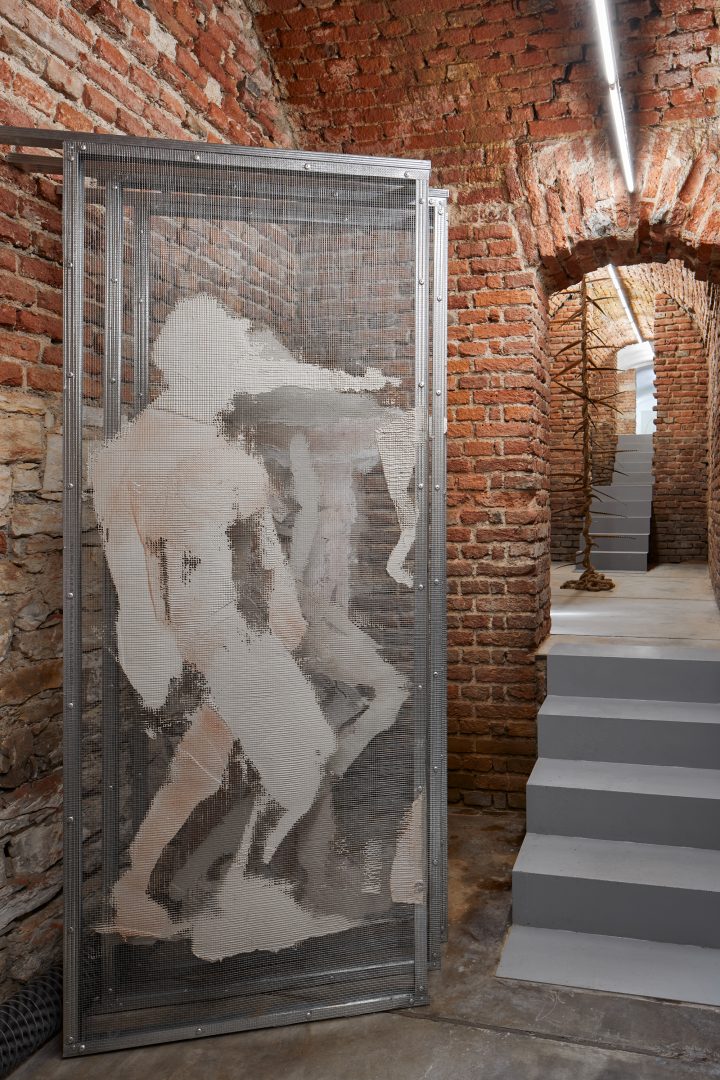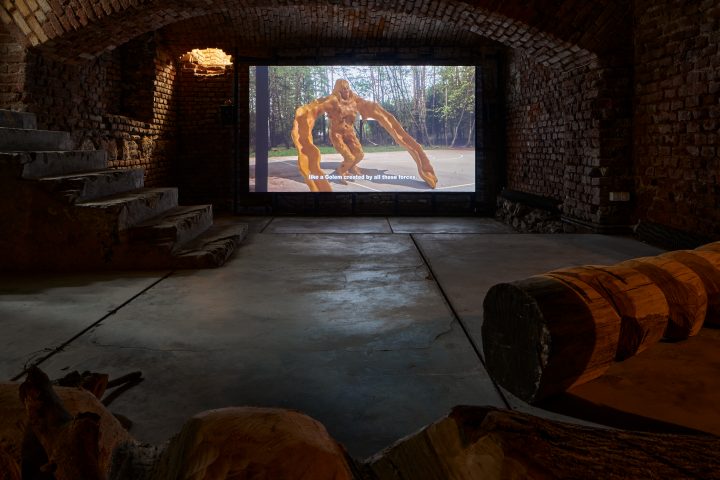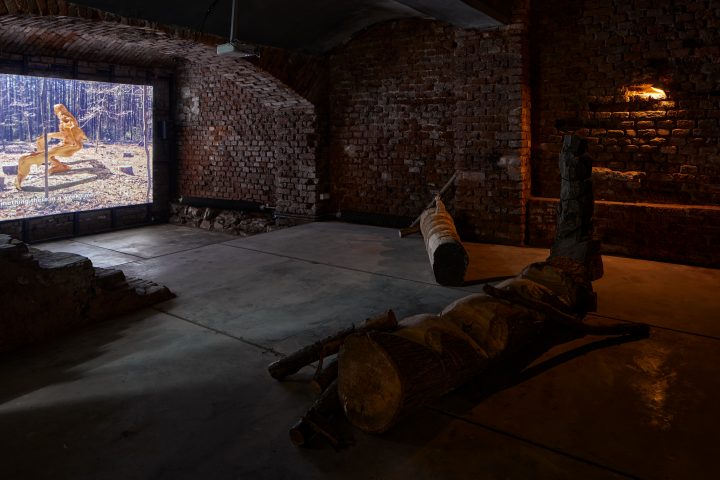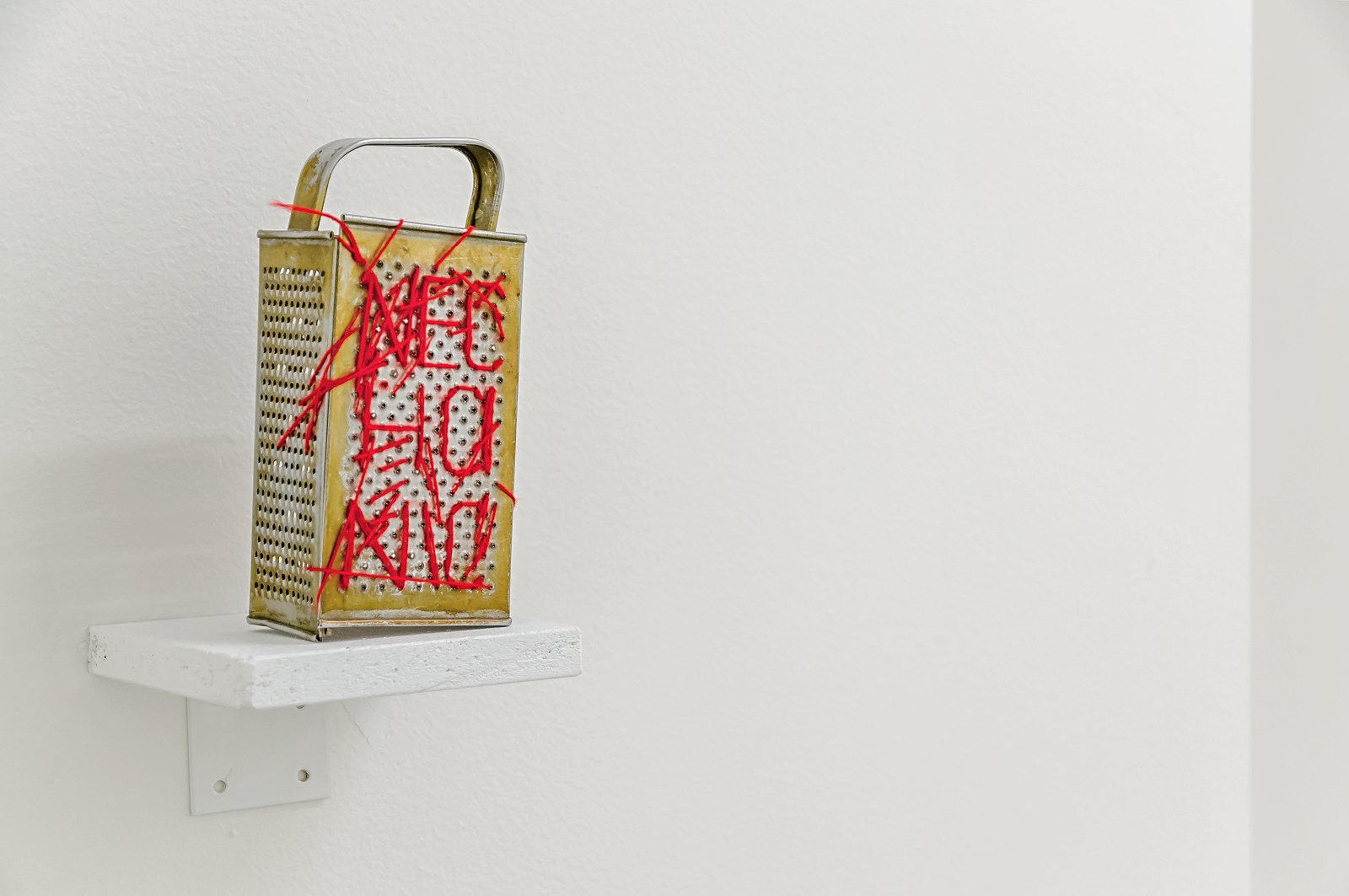The Avoidance exhibition – at least for me – had a visible theme, contained in its name. However, before I began writing this review, my own “avoidance” was built on a firm foundation – lack of time. And when I was finally preparing to sit down and write it, I was then taught a lesson when I caught a cold – I say a cold, but it turned out to be Covid. So now it had caught up with me. Despite being vaccinated I was incapable of writing a single word, and so my avoidance continued – partly due to my desperate condition, partly down to the fact it may be in the very nature of this exhibition, because as I mention at the beginning of my text on the exhibition, the curators also suffered an unfortunate mishap.
In my feverish state, lying in bed, I gradually returned in my memory to the visual fragments that had remained with me from the exhibition. I have to admit that there wasn’t much left. Was this perhaps due to my state of health? I recalled the complex atmosphere from the very beginning. I went to the exhibition with two other people – a friend, and another friend of hers. And from the beginning we somehow knew that it wouldn’t be a simple matter. This time also, Futura – Centre for Contemporary Art presented a cold and unwelcoming face to viewers from outside the artistic community. Perhaps this was contributed to by the completely chaotic map, which did not correspond with the circulation and walking of the viewers. Numbers appeared at random – there was no logical sequence of chronological order – beginning with 16, ending with 10, with 1 in the middle, with the result that none of the three visitors who were with me could understand it. Perhaps this chaos contributed to our initial suspicion of this highly conceptual but hardly hospitable exhibition hosted in the basement.
However, something hung in the air, the atmosphere could be cut with a knife, and it penetrated right to the bone. It was not a pleasant feeling: it was urgent, depressing and perhaps I could liken it to the period of “normalisation” in Czech society (or more precisely, this is how I imagined normalisation to be). The mood was in fact in consonance with the ongoing global situation of the Covid pandemic, which is constantly attacking us like a steamroller, and at times it seems that it’s engulfed us absolutely and that no other news exists. In its way the exhibition had a certain Eastern flavour, featuring 7 authors from Lithuania, Poland and Russia, as well as Great Britain and France. If there is something like an “aesthetic of the Eastern Bloc”, then it is precisely this that was displayed very strongly here.
Half way through the exhibition we noticed a figure in a certain motion, confined within a metal cage. The presence of your actual living body thus created a strong contrast with the work, and the at times cramped feeling in the demarcated space of the cage. The visible installation work by Vytenis Burokas, which in its choreography attempted to disrupt the exhibition space, confronted you several times on your route, or you had to walk through it, inducing a feeling of existential oppression and frequently raising questions of personal freedom. Other works in a similar spirit, which from time to time emerged in the small windows of the gallery, were the drawings on transparent sheets by Liv Preston (Various Hauntings 2021). The childlike, almost automatic black drawing again seemed to recall the style of art brut – its neurosis and excessive pressure were in evidence here.
In another part of the exhibition you also discovered a repetition of gemstones and crystals, which accompanied you throughout the exhibition. Initially viewers might have the impression that someone was simply bored, and so had placed a crystal between the complex red brick walls to activate its presence at the exhibition. However, this strategy (which you had the opportunity to discern if you looked carefully, as the crystals began to appear further away with each step) was conceived by the artist Maria Loboda and evidently also by the curators themselves. A rope supplemented with bird feathers, by the same artist, acted as a shamanic dividing line. Its power could be both positive and negative = again it refers us to a certain material elaboration and to our present, even if we might read this magical object rather as a reference to the past for which it was made, and the configuration of the future to which it will belong.
In her video essay Agents, the young Lithuanian-Russian artist Anastasia Sosunova narrates a story which captures how the Lithuanian rural tradition is frittered away in public sculptures and monuments – although it may be similarly apt to pose the question: where have all these traditions gone? The video presents an overall view of the gradually disappearing traditions and crafts which create a certain character and image of the given country. On another, deeper level it elaborates a certain dialogue between individual cultural structures, and outlines how, in a time of certain limitations, these customs may once again unite us.
The gradual uncovering of layers and progressive disappearance created a very urgent impression. The individual works were well chosen, although they required a great deal of time to digest, and as a consequence the exhibition concept somewhat escaped us. This act of “avoidance” permeated throughout the entire exhibition. Perhaps the curators themselves wished to avoid what was most important – namely what precisely they wished to communicate to the viewers?

